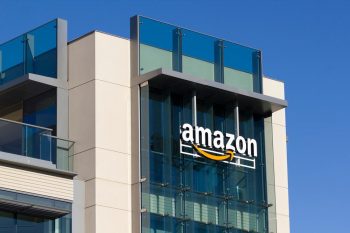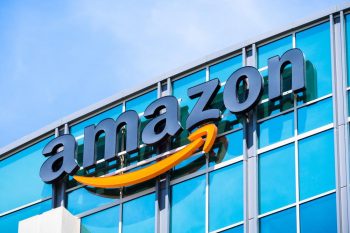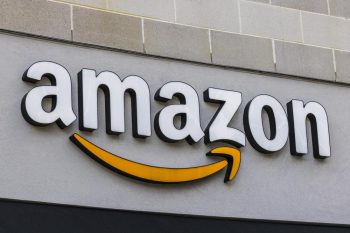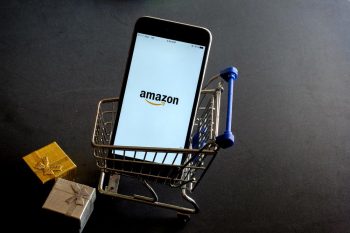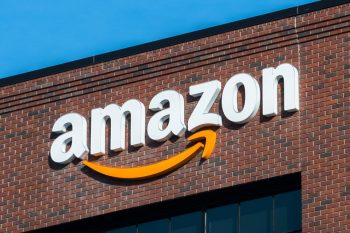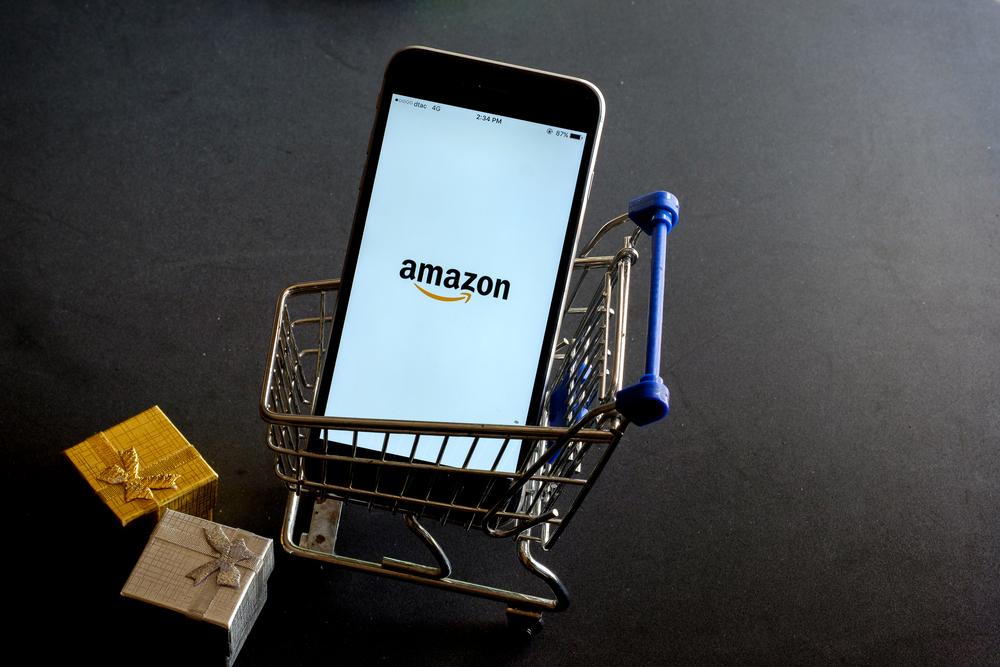
Amazon, the world’s largest online retailer, has significantly impacted the retail industry, leading to a phenomenon often referred to as the “Amazon Effect”. This term describes the disruption of traditional brick-and-mortar retail due to a dramatic increase in online sales, primarily driven by Amazon’s business model. In this article, we explore the various ways Amazon has influenced the retail industry, from customer expectations and market dominance to supply chains and logistics.
Amazon has profoundly affected the retail industry in various ways. It has shifted customer expectations, with consumers now demanding a wide range of products, rapid delivery, and excellent customer service. Amazon’s market dominance has led to a significant increase in online shopping, causing many traditional retail stores to close. The company has also innovated supply chains and logistics, setting new standards with its use of technology. Lastly, Amazon has impacted the nature of retail stores with its physical locations, leveraging data analysis to modernize and dominate retail sales.
The Shift in Customer Expectations
One of the most significant impacts of Amazon on the retail industry is the shift in customer expectations. Amazon’s vast range of products, quick delivery, and high-quality customer service have become the benchmark for online shopping. Customers now expect this level of service from all retailers.
This shift in consumer behavior has forced traditional retail businesses to reimagine their business models to compete with online retailers like Amazon. For example, many brick-and-mortar stores have had to invest in their online platforms, offering services like online ordering, home delivery, and curbside pick-up to meet these new customer expectations.
Amazon’s Market Dominance
Amazon’s dominance in the e-commerce market is unrivaled. As of June 2022, Amazon accounted for 37.8 percent of the U.S. e-commerce market, making it the country’s leading online retailer. This dominance has led to what some have called a “retail apocalypse,” with many traditional retail stores closing due to the shift towards online shopping.
Innovation in Supply Chains and Logistics
Amazon’s impact extends beyond customer expectations and market dominance. The company has significantly influenced supply chains and logistics. Amazon’s well-coordinated data sharing and exchange system between warehouses and transportation, along with its use of technology such as artificial intelligence, autonomous delivery trucks, and drone delivery, have set new standards for retail supply chains.
Additionally, Amazon has also affected reverse logistics, which involve returning items to retailers. During the pandemic, some customers chose to order several sizes of products such as shoes or dresses, returning any products that do not fit properly. This behavior forced changes in the management of supply chains to handle the flow of returned goods.
Amazon’s Physical Stores
Amazon’s influence on the retail industry is not limited to online sales. The company has also created brick-and-mortar stores like Amazon Go, selling what it expects consumers of all ages need. Amazon’s physical stores, such as Amazon Books, Amazon Go, and Amazon 4-Star, are part of its strategy to modernize and dominate retail sales in physical locations, mainly through the use of sophisticated data analysis.
Conclusion
In conclusion, Amazon’s impact on the retail industry is multifaceted, affecting customer expectations, market dynamics, supply chains, and the very nature of retail stores. As the retail industry continues to evolve, the influence of Amazon is likely to remain a significant factor. Retailers must adapt and innovate to meet the changing consumer demands and stay competitive in this new retail landscape shaped by Amazon.
Frequently Asked Questions
What is the “Amazon Effect”?
The “Amazon Effect” is a term used to describe the disruption of traditional brick-and-mortar retail due to the rise of e-commerce, primarily driven by Amazon. It involves changes in consumer behavior, market dynamics, and supply chains.
What are some examples of Amazon’s physical stores?
Amazon has several physical stores like Amazon Books, Amazon Go, and Amazon 4-Star. Amazon Go stores are convenience stores without checkout lines, utilizing technology to charge customers for their purchases. Amazon Books is a chain of bookstores, and Amazon 4-Star stores feature products rated 4 stars and above on their online platform.
What is reverse logistics?
Reverse logistics involves all operations related to the return of products from the customer to the retailer. It includes processes such as managing returns, refurbishment of goods, and ensuring products return safely to the supply chain.
How has Amazon influenced customer expectations?
Amazon has set high standards for online shopping with its vast range of products, quick delivery, and high-quality customer service. This has shifted customer expectations, with most consumers now expecting similar service levels from all retailers, both online and offline.
How has Amazon’s dominance affected traditional retail stores?
Amazon’s dominance in the e-commerce market has led to a decrease in foot traffic in traditional brick-and-mortar stores. This shift towards online shopping has resulted in the closure of many traditional retail stores, a phenomenon often referred to as the “retail apocalypse”.


